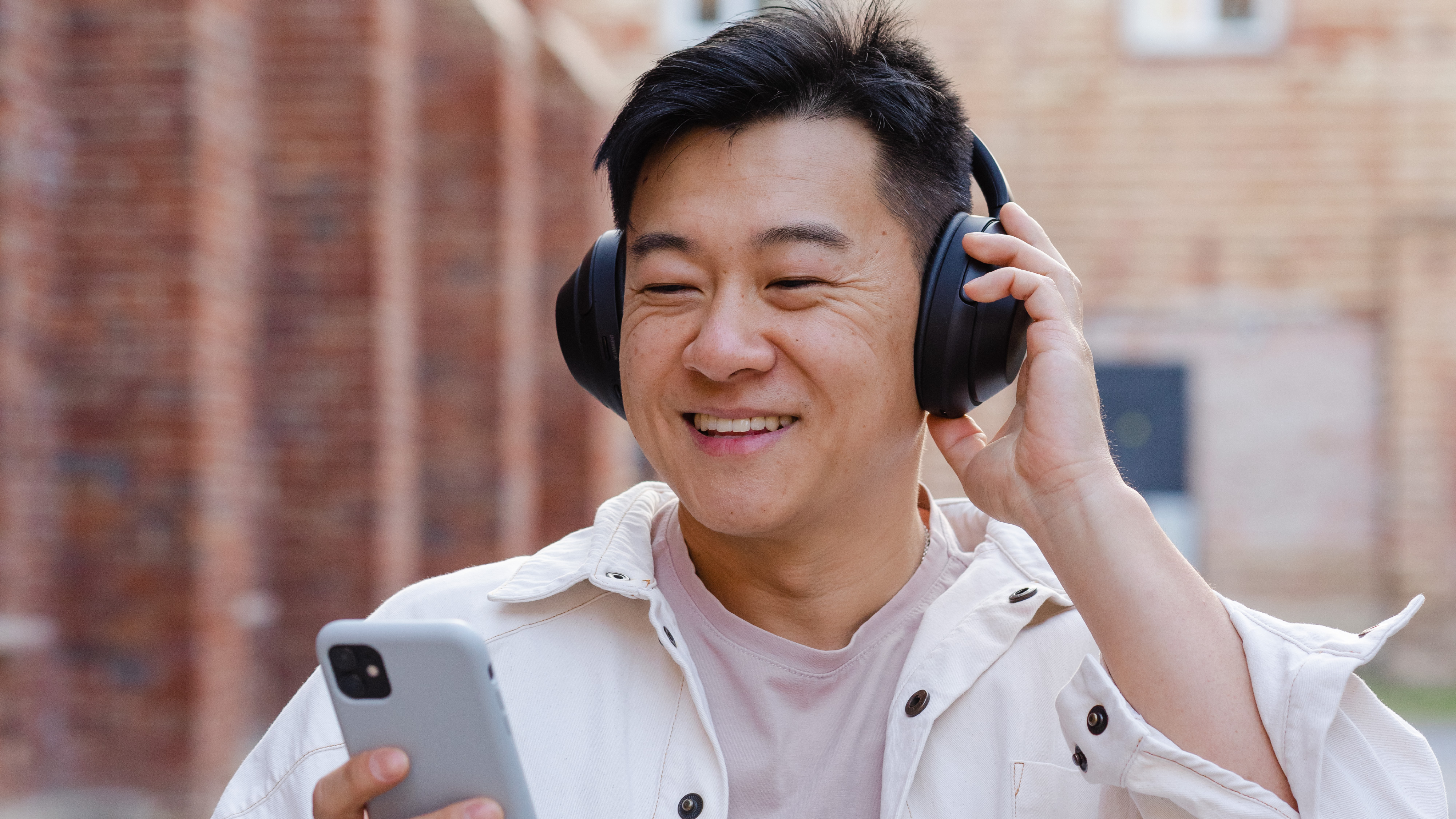Voice Ads: Three Key Takeaways From Alpha Testing
Molly Mitchell, Sr. Manager, Ad Innovation StrategyMay 4, 2020Last year, Pandora began to alpha test a revolutionary new type of audio ad: voice ads. Voice ads allow listeners to verbally engage with an audio ad. That’s right – listeners can now have a conversation with an advertisement. Welcome to the 21st century.
We tested this unique new format with a small subset of Pandora listeners to garner initial reaction and sentiment towards voice ads. Our hypothesis was that voice ads introduce a frictionless way to engage with audio and we sought to ensure that listeners felt the same way before we ramp to beta. Additionally, this test served as a way for us to begin creating creative best practices that advertisers will be able to leverage in the near future.
So, what did we learn?
1. Voice ads are a good user experience
72% of listeners agreed that voice ads were easy to engage with.1
While using our voice to interact with smart assistants has become commonplace, using our voice to interact with an advertisement has not. During our earliest users tests, the first reaction from many of our listeners was, “Did that ad just ask me a question?” Based on this feedback, we knew we had to design a straightforward voice ad experience that wouldn’t leave listeners confused about what to do.

And with such high results, we know that this format is doing its job in keeping it simple.
2. Listeners like using their voice to interact with ads
27% of our listeners report loving the ability to use their voice to interact with ads and nearly 20% more liked the ability. 30% felt neutral.2
If anything goes hand-in-hand with audio ads, it’s not hands. Many listeners are consuming audio content during hands-free moments like when cooking, driving or working out. One of our missions with voice ads is to provide a new way for audiences to engage with brands they are truly interested in and want to hear more about, but aren't in a position to tap a banner or visit a webpage.
Our results tell us that voice is truly bringing utility to those who are looking to get more out of their ad experience.
3. Creative has to be worth engaging with
Why would an audience want to say yes and hear more content from a brand instead of listening to their next favorite song? There is no scientific explanation or metric for this answer. We will need to complete beta testing to learn more, but even at a minimal ramp, we’ve seen higher engagement with campaigns that are entertaining, humorous, or use a recognizable brand voice.

So before you act, ask yourself these three questions:
- Why do my consumers come to me?
- What authority do I have within my category?
- What does my target audience want to hear versus what product message I need to get across?
Asking these three questions will help make sure that you are developing a listener-first strategy, which is crucial for a successful voice ad campaign.
Remember, consumers are in the driver's seat with voice ads. Even though listeners are excited by the prospect and find the product easy to use, it’s up to marketers to put forth a message that earns voice engagement.
Want to hear more about voice ads? Tune into Insights Lab Podcast Episode 7: You Gotta Work For it: Audio, Voice and Earning Engagement to hear Pandora’s VP Ad Innovation, Claire Fanning and James Clarke, Sr. Director Media, Analytics & CRM at Frito Lay North America, discuss the opportunity with voice and how Doritos approached voice ads testing.
- Source: Pandora Internal Metrics, December 2019, n=512
- Source: Pandora Internal Metrics, December 2019, n=512



